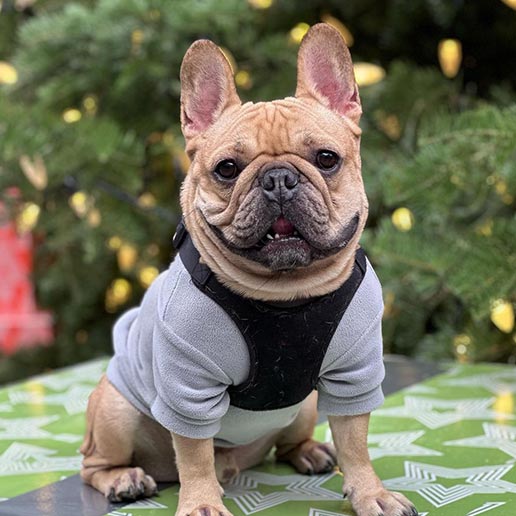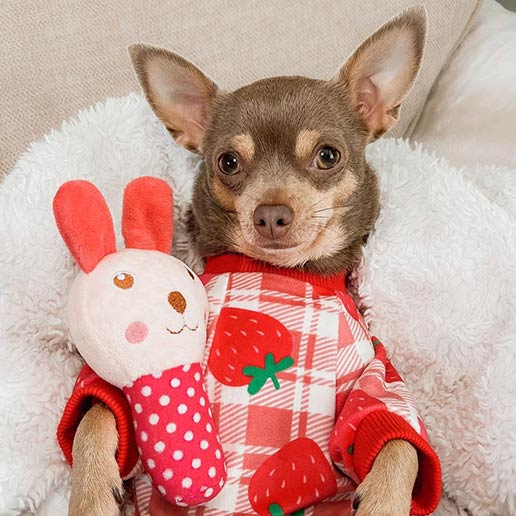Dog Cobbing: Understanding, Causes, and How to Manage It
What is Dog Cobbing?
If you’ve ever noticed your dog gently nibbling at your clothes, your hands, or even the ears of another dog, you’ve witnessed a behavior known as dog cobbing. Cobbing is when a dog uses its front teeth (incisors) to nibble or take small, soft bites at objects or people. Unlike chewing or biting, which is often more intense and exploratory, cobbing is typically a gentler, repetitive action.

This behavior might look a bit strange at first, but it’s actually a natural and common action in many dogs. It is more subtle and soothing than other behaviors like chewing or mouthing, and it often occurs when a dog is in a relaxed state. But why do dogs do this? Let’s dive deeper into the possible reasons behind cobbing and what it really means for your dog.
Why Do Dogs Cobb?
There isn’t a one-size-fits-all answer to why dogs cob, but several factors could explain this behavior. Here are some of the most common reasons:
-
Comfort and Soothing: Many dogs cob as a way to self-soothe, particularly if they’re feeling anxious or stressed. It can be a comforting behavior, much like how humans might bite their nails or twirl their hair when nervous. Cobbing may remind your dog of the days when it was a puppy, suckling from its mother for comfort and nourishment.
-
Affection and Bonding: Cobbing can be a sign of affection. If your dog is gently nibbling on your hand, clothes, or other dogs, it could simply be showing love and wanting to bond with you. It’s a non-demanding way of getting your attention or expressing its affection.

Instagram: marleythecockapooch
-
Boredom or Playfulness: Sometimes dogs engage in cobbing behavior out of boredom or simply as part of their playful nature. If they don’t have enough toys or activities to keep them occupied, they might turn to nibbling as a way to pass the time.
Cobbing is often tied to your dog’s emotional state, so it’s important to pay attention to context—when, where, and how often your dog is engaging in this behavior.
Is Dog Cobbing Harmful?
In most cases, dog cobbing is not harmful and is considered a normal behavior. Many dogs cob without causing any harm to themselves or others. It’s typically a soft, non-aggressive action that doesn’t involve biting or chewing hard on objects. However, like with anything, it can become problematic if it intensifies or occurs too frequently. Here are some things to keep in mind:
-
When It Becomes Excessive: If your dog starts cobbing obsessively or in situations where it’s inappropriate (like when it becomes too intense during play or grooming), it might be a sign of underlying anxiety or discomfort.
-
Potential Injuries: While rare, if cobbing turns into more aggressive chewing or biting, it could result in injuries or damage to your belongings.

Instagram: imbanditthecavapoo
-
Health Concerns: If your dog is constantly nibbling at their skin or other areas of the body, there could be underlying skin irritation or dental issues. If you notice any signs of injury, excessive redness, or discomfort, it’s a good idea to check with your vet.
Overall, cobbing is generally harmless, but if it becomes an obsession or leads to any injuries, it’s important to address it promptly.
How to Reduce This Behavior
If your dog’s cobbing has become excessive or problematic, don’t worry! There are several strategies you can use to reduce this behavior:
-
Redirect the Behavior: One of the simplest ways to manage cobbing is to distract your dog with something more appropriate to nibble on. Offer them a chew toy, a bone, or an interactive treat puzzle to keep them occupied. This will help them redirect their focus away from cobbing and towards healthier outlets.
-
Provide Mental Stimulation: Boredom is often a trigger for cobbing. Ensure your dog has plenty of mental stimulation—this can include puzzle toys, interactive games, or even training sessions to keep their mind engaged. A dog that’s mentally tired is less likely to seek comfort through unnecessary behaviors.

Instagram: daria.and.zoe
-
Increase Exercise: Sometimes, excess energy can lead to unwanted behaviors. Ensure your dog is getting enough physical activity—regular walks, playtime, or agility exercises can help reduce any pent-up energy. Active dogs are typically more balanced, which helps with behavioral issues like cobbing.
-
Create a Calm Environment: If cobbing is linked to anxiety, try to reduce stress by creating a peaceful environment. This could involve using calming music, a cozy bed, or even a calming dog clothes such as dog pajamas or dog sweater to help your dog feel more at ease.
Training, redirection, and ensuring your dog’s physical and emotional needs are met will help address the behavior over time. Consistency is key!
Understanding and Addressing Cobbing
Dog cobbing might seem like an odd quirk, but in most cases, it’s a harmless, natural behavior. Whether your cobbing dog is nibbling out of comfort, affection, or boredom, it’s a part of their unique personality. As long as the behavior doesn’t become excessive or cause harm, it’s typically just a sign that your dog feels safe and secure with you.

Instagram: motherofmexicans_
However, if cobbing turns into an obsessive or disruptive behavior, you can manage it with some redirection and mental stimulation. By understanding why your dog cobbs and how to handle it, you’ll not only reduce this behavior but also strengthen your bond with your furry friend.














